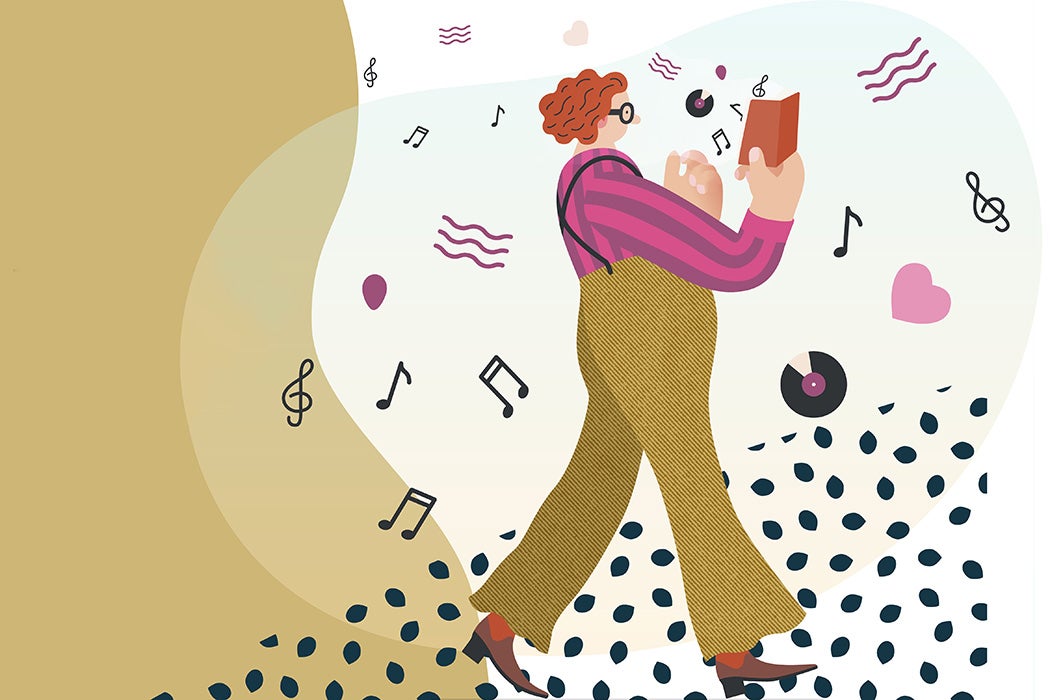Need a good, long walk? Don’t forget to pack a book or two. It’s not just a tradition, it’s also the basis for a recent traveling performance.
In 2012, theatre studies scholars and performance artists Deirdre Heddon and Misha Myers walked 334 kilometers across Belgium, following the slow paths and desire lines (olifantenpaadjes, or “elephant paths”) with a portable library of ninety books.
Heddon and Myers found that there is a great deal of scholarly literature about walking, but “the history of walking as a cultural practice also reveals the carrying of reading materials by walkers as commonplace, at least from the Romantic period onwards.”
Heddon and Myers called their project the Walking Library. “Like all good libraries, [it] offered extension activities,” they recount, such as “facilitating peripatetic writing workshops and giving readings along the journey.”
Nine volunteer librarians helped tote rucksacks of books for portions of the walking journey. A donkey even got involved. The collection grew over the course of the walk because the library welcomed donations from “people along the way…never refusing anything offered.” The Walking Library thus became “less curated and more diverse[.]”
It was all very much a social activity, a dialogue of books and people, reading to themselves and aloud, that intentionally raised questions.
“Walking with a library of books,” write Heddon and Myers, “we wondered what these literary companions added to the journey; how reading in situ affected the experience of the journey and the experience of walking; how journeying affected the experience of reading; and how reading affected the experience of writing.” Walking with books, the authors write, “one experiences the book through the body—the body becoming the book and the book the body.”
Weekly Newsletter
Books in the Walking Library included Rousseau’s Meditations of a Solitary Walker, Werner Herzog’s Of Walking on Ice, Rebecca Solnit’s A Field Guide to Getting Lost, and Nan Shepherd’s The Living Mountain. We may live in a golden age of anthologies about walking, but Hilaire Belloc’s The Footpath Way: An Anthology for Walkers (1911) and Arthur Sidgwick’s Walking Essays (1912, with much to say about the importance of hard-boiled eggs) suggest there’s been more than one golden age. Not all the books were from “walking as a genre of literature.” Dylan Thomas’s The Outing, for instance, is about a bus trip. And there was a Baedeker’s to Belgium.
Your phone may, of course, include an awful lot of writing for very little weight, but these walkers are all about book-books, tangible space-takers, well-thumbed old friends, and quickly not-so-pristine new editions. Not least, as physical objects, these books could also be used “as shade for tired eyes or pillows upon which to rest weary heads.” Just remember to keep one eye on the open road in front of you.







